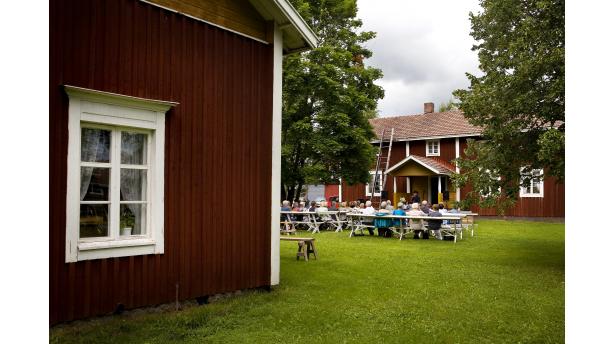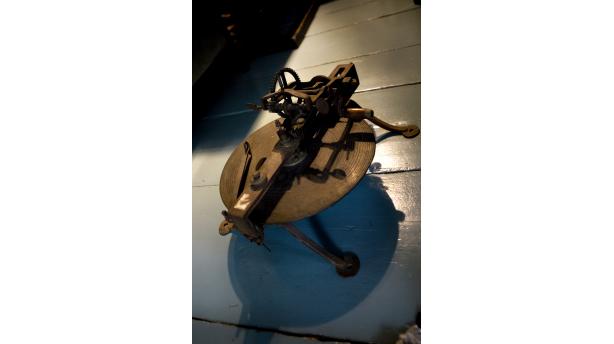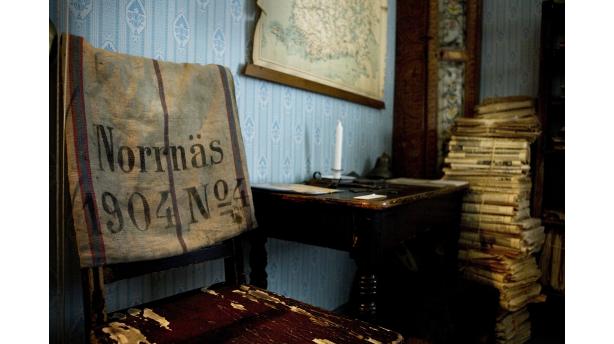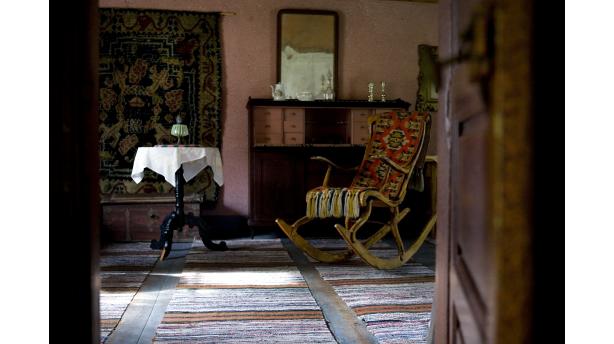Museum A-Ö » Religion and society » Övermark Museum
Övermark Museum




Did you know...
Lemonade was made in Övermark in 1929-1939. The corker and the carbonating device as well as the lead pipes are on display in the museum.
In the Övermark Museum can be seen a real rarity: a postal office museum. In the traditional double cabin the visitor enters a peasant home from the beginning of the 20th century, but can at the same time also get acquainted with ancient discoveries made in the region.
The Övermark Museum comprises several buildings originating from different periods. Here can be found a post office, a main building, a windmill, a smoke sauna and a lavatory made of logs. The main building is the only one remaining on its original site.Övermark was the first post office in Närpes and it was inaugurated in 1883. It was the first postal office established between Vaasa and Kristinestad. The bag, which was used for carrying post from the Pörtom glassworks, has been preserved along with the letter scale, the package scale and the post sack. The word Yttermark used to stand on the label in Swedish and Russian, but the Russian text has at some point been filed away. In the museum you can buy post cards and have the museum’s supplementary stamp punched on them – a baton from the year 1808.
One of the rarities of the museum is the complete clocksmith’s tool. It is called the world’s first computer and was used when edging cogwheels for a clock. On the plate has been filed the arrangement i.e. scale of the cogwheels. Very fittingly, there is a clock from the year 1773 in the cabin. Hedman & Wallin were once clocksmiths from Övermark. Hedman was not only a clocksmith, he also liked to build devices of his own. He for instance constructed a sewing machine and a bicycle out of wood and tin plate. He probably made five sewing machines altogether, but only one of them remains. It is displayed in the museum.
The main building has been furnished in the early 20th century peasant home style. Hanging on the wall is an exceptionally old tapestry, which presumably dates back to the 18th century and used to belong to Edla Långgård. On the white plastered oven in the kitchen is a row of copper pans, and in the bedchamber some porcelain figures in a pretty line on the foldable chest of drawers. The visitor feels as if he had stepped into a genuine home instead of an exhibition. In the main building are also displayed some ancient artefacts. Among the pearls of the museum is a stony boat hatchet nevertheless equipped with a burr. The hatchet has been discovered in Valsberg.
A homestead and emigrant festival with speeches, song, music and coffee is organized on the third Sunday of July.



